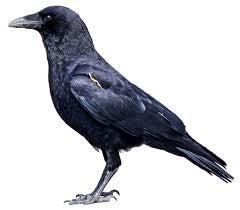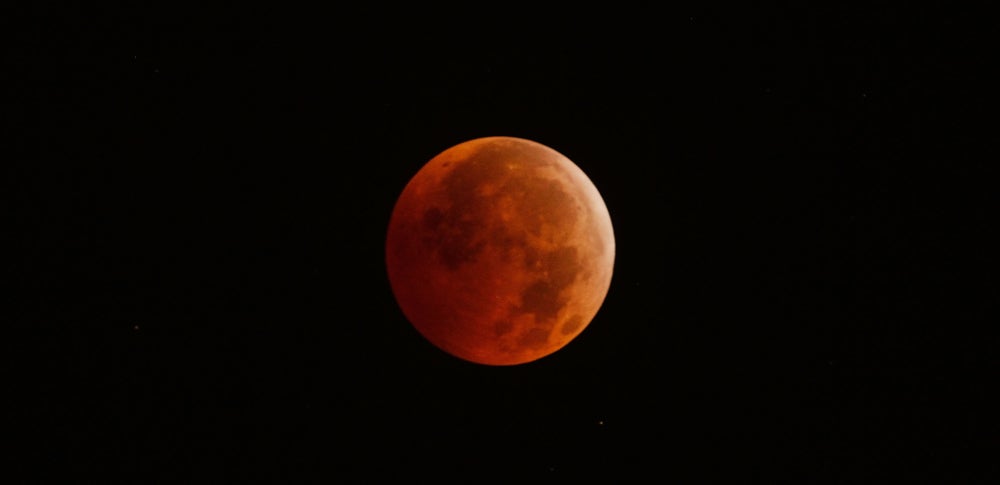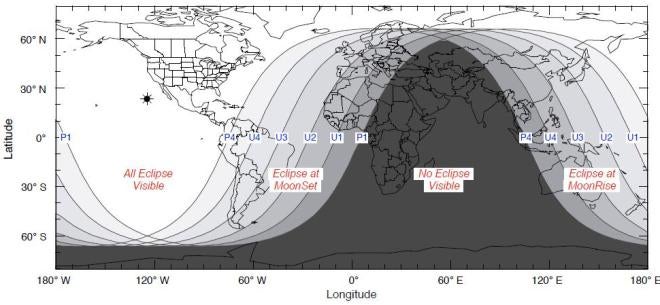 by Annalee Newitz
by Annalee Newitz

NYU science journalism professor John Rennie explains what you're likely to saw in the wee hours of the morning:
1. Faint penumbral dimming of the moon's disk.
2. Pervasive creeping sensations of unease.
3. Howling of wolves.
4. Unclean things walk the earth; Dick Cheney rises from the grave.
5. Contortion of the zodiac.
6. Intrusion of strange dimensions.
7. Universal gibbering madness.
8. Cthulhu.
9. A glimmer of sanity in the chaos.
10. Restoration of Euclidean geometry.
11. Fungal Mi-go from Yuggoth return captive brains to their rightful owners.
12. Applause, followed by waffles for breakfast.
Erm, actually that might not be the most accurate account. Damn journalists, always misrepresenting scientific results! Over at Sky and Telescope, you can get the real story on what the five possible stages of the eclipse are.
According to Wired Science:
The Earth's shadow will begin to blot out the moon at 1:32 a.m. EST (10:32 p.m. PST). During totality, when the Earth is directly between the moon and the sun, the moon will turn a rusty orange-red for 72 minutes from 2:41 a.m. to 3:53 a.m. EST (11:41 p.m. to 12:53 a.m. PST).
Europe and
Africa will only get a partial view of the eclipse, but for those of us
here in the Americas the best times to watch are during those 72 minutes
of totality.
Here's a handy map showing the path of the eclipse:


No comments:
Post a Comment